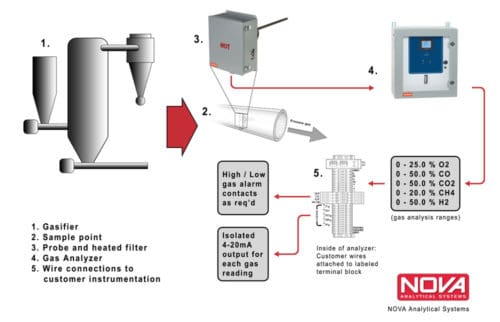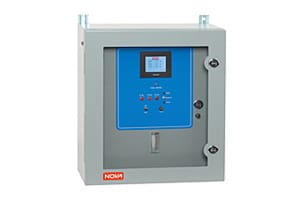Syngas Analyzers
Gasification is a process where fuel or feedstock is ‘cooked’ in low oxygen conditions. The equipment that carries out this whole process is usually called a gasifier.
Different zones inside the gasifier support drying, pyrolysis, combustion, and reduction reactions. The whole process produces gas that contains primarily carbon monoxide and hydrogen as well as inert gases such as water vapor, nitrogen, and carbon dioxide. These gases can be carried away before they combust, and then used elsewhere for energy. The gas is often called synthesis gas or syngas for short. It has also been referred to in the past as producer gas or town gas.
Syngas resulting from pyrolysis is a combustible gas that is often used for producing power in many types of machinery, including steam cycles, turbines, and gas engines. Although the use of this gas in boilers for steam cycles normally doesn’t require the gas to undergo treatment prior to generating power, gas engines demand a greater extent of preparation and purification.
Syngas Process & Applications
The syngas production process involves a variety of steps, including:
Drying
Drying involves inserting input feedstock like coal, biomass, petroleum residues, and other types of carbon-based materials into the gasifier. Biomass materials may include wood chips, corn husks, municipal or farm waste, and wastewater treatment sludge, among others. These materials may also require shredding or pulverizing prior to undergoing drying and subsequent gasification.
Pyrolysis
This is a thermochemical treatment exposing materials to high pressure, high heat, and an oxygen-depleted environment. During this process, biomass breaks down into volatiles and charcoal.
Combustion/Oxidation
This process introduces a gasification agent to the materials, which usually comprises pure oxygen. Volatile matter in the mixture then degrades into multiple gases, resulting in a charcoal-like char byproduct. At this point, exothermic reactions generate CO2 and H2O.
The summarized reaction is as such: Biomass + O2 → CO + H2 + CO2 + H2O + CH4.
Reduction
Through reduction, H2O and CO2 pass over charcoal, using endothermic reactions to convert them into CO and H2. Both of these gases are ideal for use as fuel gas.
Applications of Syngas
Most applications tend to use syngas for power production, but the byproducts and contaminants removed from raw syngas work with a variety of applications, including:
- Turbine driver steam in electricity generation
- Nitrogen for pressurizing agents and fertilizers
- Hydrogen in the refinery industry for extracting gasoline and diesel fuel from crude oil
- Ammonia for producing nylon and polyurethane plastics and fertilizer
- Carbon monoxide used for fuels and feedstock in the chemical industry
- Sulfur used in the chemical industry as elemental sulfur
Importance of a Syngas Analyzer
Various chemical and energy production processes can be fed by a gasifier. Each process typically requires a gas input of a specific makeup. This is why an analyzer system is frequently required between the output of the gasifier plant or at the input of the receiving process.
If the gasifier is being used as a source of energy, a gas analyzer will help determine the energy content of the gas before it is burned. Based on the results, adjustments can be made to the gasifier to optimize the heating value of the gas produced.
What Makes Nova Analytical Gas Analyzers Different?
Relevant Nova gas analyzer systems include the following models:
970P Portable Industrial Syngas Analyzers and Gasification Analyzers
These analyzers utilize a durable field cleanable, three-channel, high-stability infrared detector for the simultaneous measurement of CO, CO2, and CH4. These gases are suitable for challenging applications such as syngas and gasification atmospheres. In addition, analyzers may use a compensated thermal conductivity cell for H2. Electrochemical O2 sensors may also measure percent levels of oxygen in the sample gas stream. Recorder outputs are optional.
970 Continuous Industrial Syngas Analyzers and Gasification Analyzers
The Nova 970 Series uses high-stability infrared detectors for simultaneously measuring CO, CO2, and CH4. H2 always reads correctly, independent of the background gas composition. An optional non-depleting paramagnetic sensor can be used to conduct O2 analysis. All sensors/detectors are temperature-controlled or temperature-compensated for maximum analytical stability.
Both types of analyzers are available with analysis of:
- Carbon Monoxide (CO) via infrared detector
- Carbon Dioxide (CO2) via infrared detector
- Oxygen (O2) via electrochemical sensor or optional paramagnetic
- Methane (CH4) via infrared detector
- Hydrogen (H2) via thermal-conductivity detector
In Nova Analyzers, the hydrogen reading is actively compensated for analytical interferences from CO / CO2 / CH4. This enables us to combine the durability of a thermal-conductivity detector while retaining the functional accuracy of a multi-gas instrument.
Nova equipment is frequently installed outdoors and in industrial environments. Our continuous analyzers are supplied in steel weather-proof cabinets. They are able to function in temperatures from -22 F to over 100 F with the appropriate weather package options.
Syngas Analyzers from Nova Analytical Systems
Looking for high-quality syngas analyzers for your application? Turn to the experts at Nova Analytical Systems for some of the best solutions.
To learn more about our systems and other solutions, contact us today or request a quote.
For some additional information about gasification, see these posts from the Nova blog:
- Gas Analyzers Measure Syngas and Gasification Atmospheres
- Post #5 is our most popular blog post (Syngas and Gasification)
- Part 2 of “Post #5 is our most popular blog post”

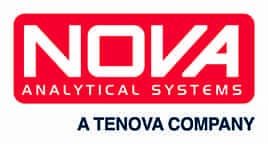
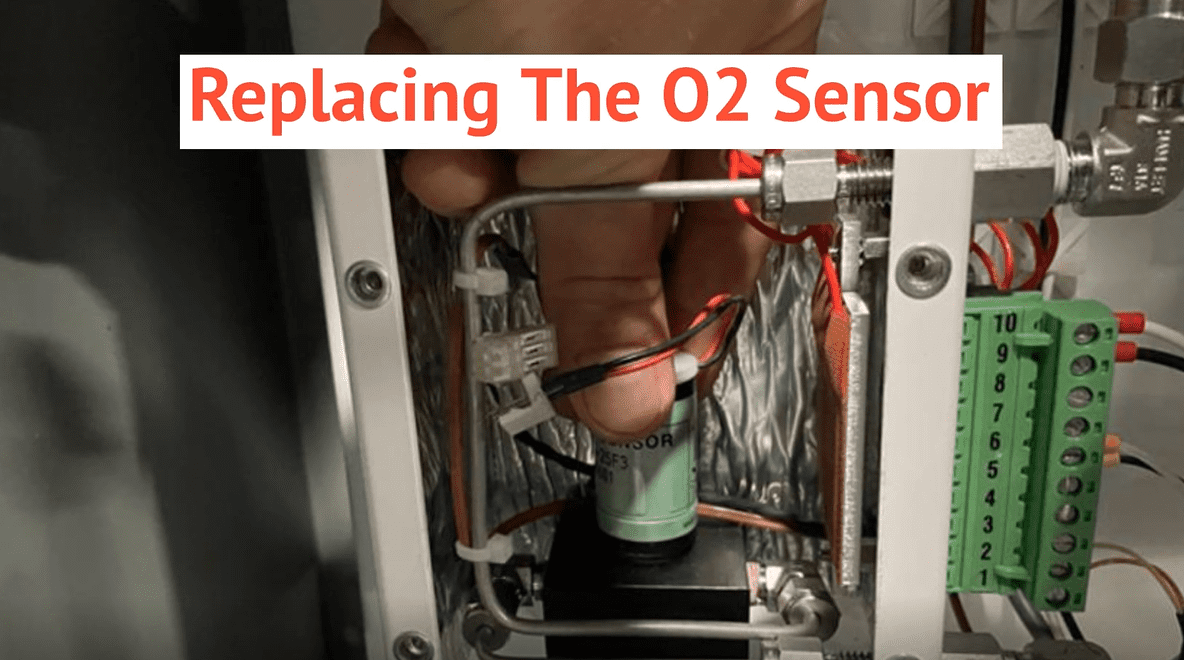
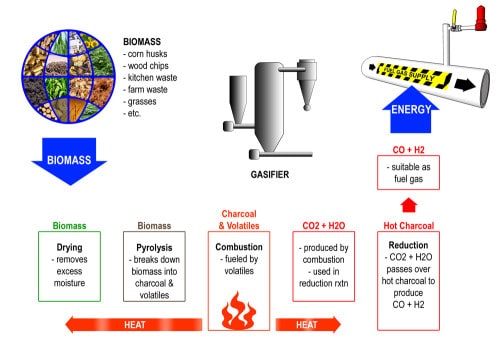 Click image to enlarge view
Click image to enlarge view